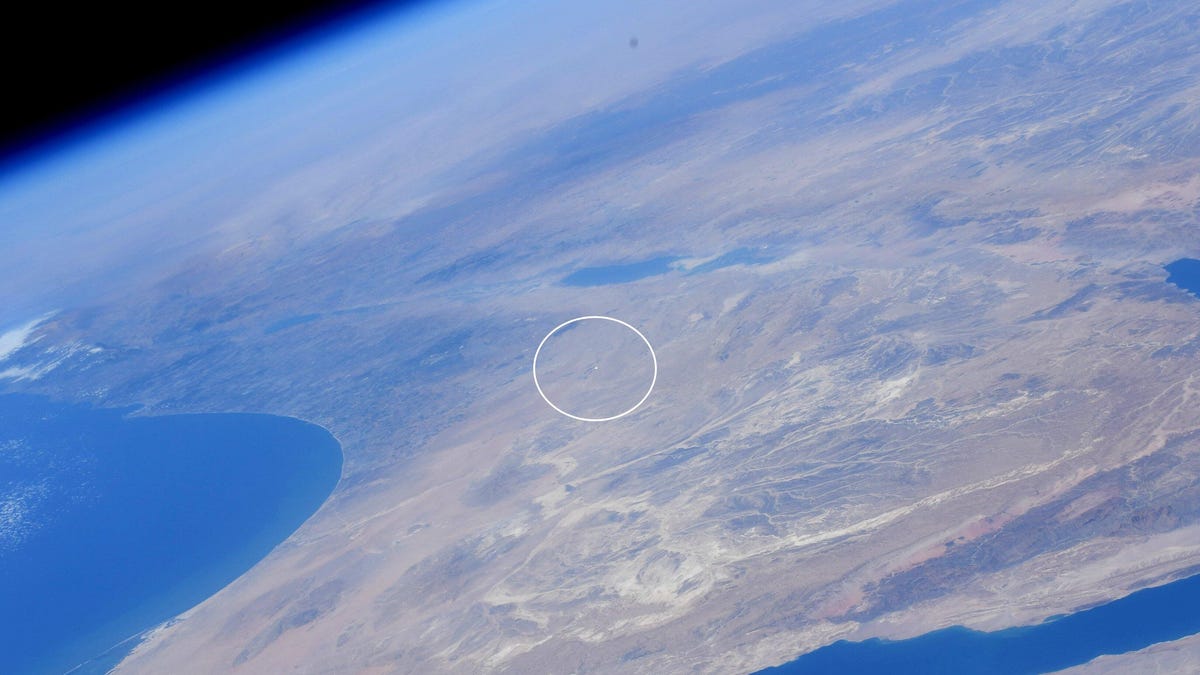ISS Astronaut Explains 'Intriguing Sight' of Bright Dot on Earth
Ooh, shiny.
When astronauts look down at Earth from the International Space Station at night, they often see glittering lights marking cities, boats and other human endeavors. But day passes are a different story, which is why European Space Agency astronaut Samantha Cristoforetti pointed out a strange daylight sight of a bright dot in the desert.
"Intriguing sight! A bright dot in the Negev desert... so unusual to see human-made lights in day passes," Cristoforetti tweeted on Thursday, posting three photos showing a distant white speck against a brown landscape.
Intriguing sight! A bright dot in the Negev desert…so unusual to see human-made lights in day passes! It’s a concentrated solar power plant, one of the technologies to get renewable energy from the Sun. With one of the world’s tallest solar power towers! #MissionMinerva pic.twitter.com/MFbCpXpxmG
— Samantha Cristoforetti (@AstroSamantha) August 25, 2022
As usual, it isn't aliens. "It's a concentrated solar power plant, one of the technologies to get renewable energy from the sun. With one of the world's tallest solar power towers," Cristoforetti explained.
The Negev desert in Israel is home to the Ashalim solar thermal power station, which uses a shimmering sea of mirrors to concentrate sunlight to a tower that stands about 820 feet (250 meters) high. It's big enough to create the noticeable dot of light Cristoforetti spotted from the station. Here's what it looks like from a little closer to the ground:
This solar power station consists of more than 50,000 mirrors and a large central tower.
The space station crew gets plenty of opportunities to observe Earth in both daylight and in the dark. They experience 16 sunrises and sunsets each day as they cruise around in orbit. When they're not busy with station maintenance or experiments, astronauts enjoy photographing the sights below, whether it's ancient architecture like the pyramids or a modern-day high-tech power station.


